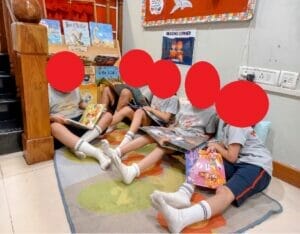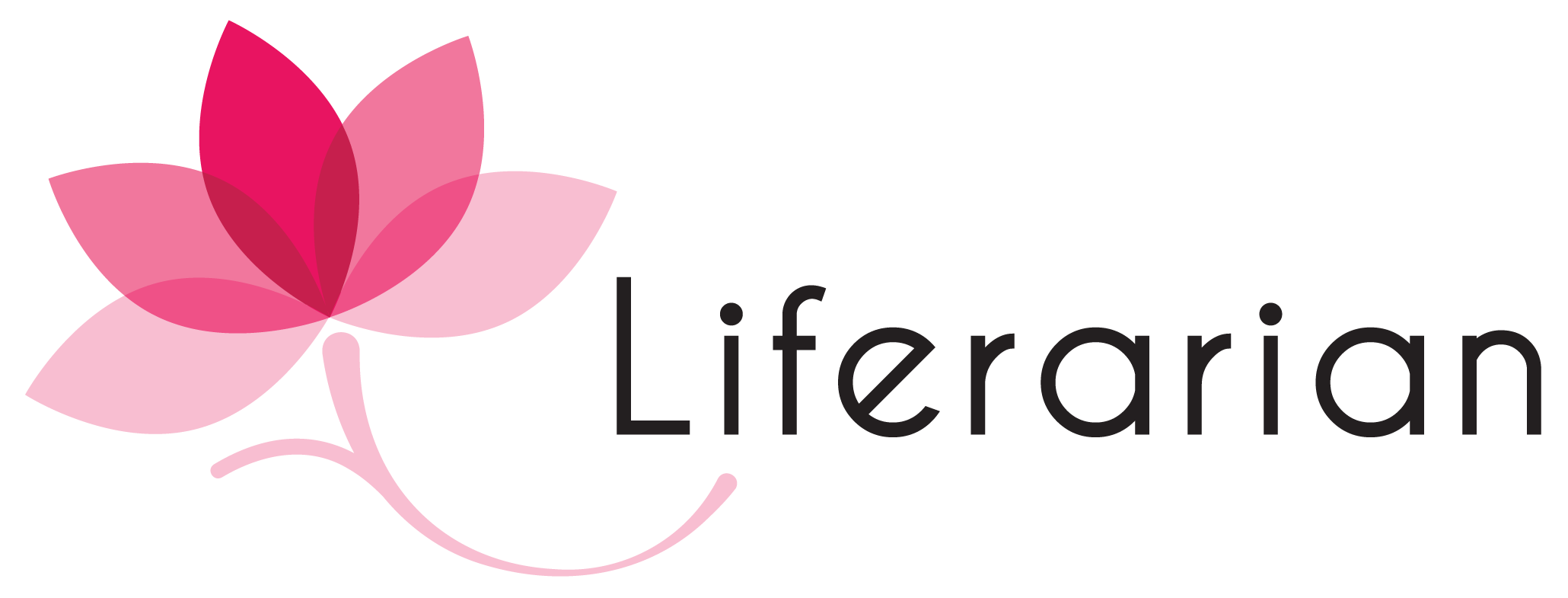 Of the multitude of memories we have of our children’s childhoods, there are some that each parent holds especially dear. It could be our child’s first steps, the first time he said I love you (which may have sounded more like “I wuw you”), the first day at school or something completely nonsensical yet adorable. As a mum, I have a bag of happy memories too which I dip into ever so often. One such recollection is of my little boy getting off the school bus every Friday, armed with a bright red folder in his hands and the look of expectancy on his face. This was when he was in Junior KG and the folder contained a library book which he just couldn’t wait to devour!
Of the multitude of memories we have of our children’s childhoods, there are some that each parent holds especially dear. It could be our child’s first steps, the first time he said I love you (which may have sounded more like “I wuw you”), the first day at school or something completely nonsensical yet adorable. As a mum, I have a bag of happy memories too which I dip into ever so often. One such recollection is of my little boy getting off the school bus every Friday, armed with a bright red folder in his hands and the look of expectancy on his face. This was when he was in Junior KG and the folder contained a library book which he just couldn’t wait to devour!
 His school had the entire Oxford Reading Tree collection and each child was issued these books based on the child’s reading band. There was also a very basic book review sheet where they had to write the name of the book, author, publisher and illustrator and also colour the appropriate smiley face based on how the book made them feel. These books were so joyful and relatable that my boy not only read them many times over but was also positively engaged by the phonic activities that followed each story. This very simple practice – 1 book every Friday – laid a solid foundation upon which his love for reading was built. We then went on to stock up our home library with several of the higher-level Biff, Chip and Kipper books (these are the characters in this series) along with hundreds of other children’s books but that’s perhaps a topic for another blog post.
His school had the entire Oxford Reading Tree collection and each child was issued these books based on the child’s reading band. There was also a very basic book review sheet where they had to write the name of the book, author, publisher and illustrator and also colour the appropriate smiley face based on how the book made them feel. These books were so joyful and relatable that my boy not only read them many times over but was also positively engaged by the phonic activities that followed each story. This very simple practice – 1 book every Friday – laid a solid foundation upon which his love for reading was built. We then went on to stock up our home library with several of the higher-level Biff, Chip and Kipper books (these are the characters in this series) along with hundreds of other children’s books but that’s perhaps a topic for another blog post.
I was ever so grateful that inculcating the love for reading in my child was such a seamless and stress-free process. And now that I have the privilege of being a librarian at the same school – Podar-ORT International School, Worli, I am committed to carrying forward and growing this culture of reading. My pet project after settling down in my new role has been revamping our pre-primary library. It took almost a month of shelving and reshelving, labeling and populating. The kids were told to stay away from the library for those weeks so that the piles I had so meticulously created would stay untouched when I was not around. There is order in disorder, after all. Finally, their wait was over and our very eager kids formed a train and explored their “new” library. Then we sat down together and came up with a new set of essential agreements which are now proudly displayed on the library wall.
 As a new librarian, this was a very enriching experience as I could witness firsthand the elation with which the kids soaked it all in. Reading aloud to toddlers, seeing the anticipation build on their faces as we meander through compelling stories and pour over creative illustrations together is priceless.
As a new librarian, this was a very enriching experience as I could witness firsthand the elation with which the kids soaked it all in. Reading aloud to toddlers, seeing the anticipation build on their faces as we meander through compelling stories and pour over creative illustrations together is priceless.
 I want to take this opportunity to share my learnings in this post with the hope that anyone setting up or reorganizing an early years library can find some useful pointers:
I want to take this opportunity to share my learnings in this post with the hope that anyone setting up or reorganizing an early years library can find some useful pointers:
1. Sections
a. Graded readers (Oxford Reading Tree, Usborne first reading, Ladybird, Step into Reading, Easy Readers etc along with large print books).
b. IB PYP readers and companions – make sure to point this out to the teachers.
c. Picture books section with designated shelves for popular authors/series (Julia Donaldson, Oliver Jeffers, Eric Carle, Dr Seuss, Kobi Yamada, Indian authors & publishers, Percy and the park keeper, Harry and the robots, David, Berenstain Bears, Noddy, Thomas & Friends, Disney, Princess stories etc.)
d. Non-fiction section – Festivals and celebrations, transport, first words, first numbers, colors & shapes, first experiences, animals, natural world etc.
e. Unit specific sections
f. Teachers’ resources
g. Picture dictionaries
h. Large format books – very useful for read-alouds
i. Bi-lingual books
j. SEL books
k. Higher level books (for kids who have graduated from picture books. I’ve kept a bunch of Enid Blyton and Miles Kelly books here)
2.Labels: In the pre-primary section, perhaps even more so than in any other section, it is crucial to label the shelves with clear, legible fonts and using easy vocabulary.
Organize library tours not just for each grade in the pre-primary section but also for the homeroom teachers so they can guide their little learners to the right books.
Create a cozy reading corner with soft mats or bean bags and a rack that’s updated every few days with engaging picture books. This can be the go-to space when kids have some free time between classes and not just during library class.
Create a working google document for the class libraries. Each homeroom teacher has the responsibility of keeping this updated with the titles that are currently in their class. You can mutually decide upon a duration that the books can remain in each class before they need to be returned to the library so other classes can avail of them too. This is especially important for unit-related books.
Lots of boards to displays students’ reflections
A space to showcase books pertaining to a topic or authors which are the focus at any particular time.
Needless to say, everything needs to be downsized in terms of height. The shelves should be of a comfortable height so the little ones can explore without feeling dwarfed.
Regular demonstration of the proper handling of books which should include how to turn the pages without ripping, using book marks and most importantly, returning the books to the right sections.
Place an empty bin that kids and teachers can drop books into when unsure of what shelf to return them to. This way the librarian has to only deal with these instead of having to continuously organize the shelves.
Binal Ghelai is a co-librarian and literacy support specialist at Podar-ORT International School, Worli

